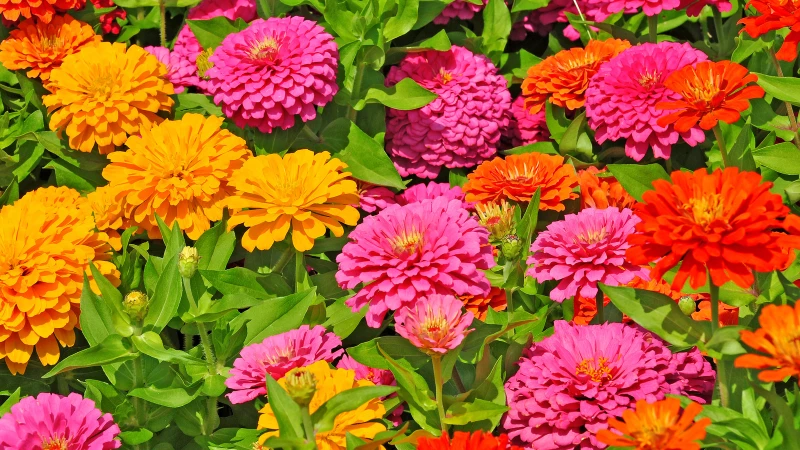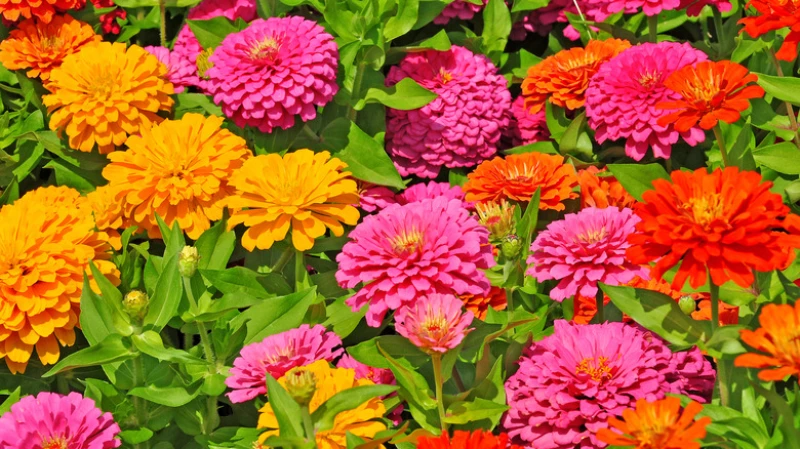Companion planting in gardening is a popular method that offers various benefits to plants. By strategically planting certain species together, gardeners can attract pollinators, deter pests, and promote overall plant health. While some plant pairings may seem unconventional, the results can be surprisingly beneficial. One such pairing is zinnias and cucumbers.
Zinnias, known for their vibrant colors and attractiveness to bees and butterflies, can play a crucial role in supporting cucumber plants. By attracting pollinators to the garden, zinnias can help increase the cucumber harvest by ensuring better pollination. Additionally, zinnias act as a trap crop for cucumber beetles, drawing the pests away from the cucumber plants and protecting them from potential damage.
When planning your garden layout, it's essential to consider the interactions between different plants. For example, cucumbers and zinnias can complement each other well if placed strategically. While cucumbers need more water and sunlight, zinnias can attract pollinators that benefit the cucumber plants. To ensure harmony between these two, it's recommended to plant zinnias on the north or east side where they won't overshadow the cucumbers. Additionally, zinnias are prone to powdery mildew, so well-draining soil is crucial for their growth.
Zinnias attract much-needed pollinators
Zinnias play a vital role in attracting pollinators to your garden, which is particularly beneficial for crops like cucumbers that rely on pollination for fruit production. The tall, flat flowerheads of zinnias make it easy for bees, flies, and butterflies to access nectar, thereby increasing pollination rates for nearby plants. By incorporating zinnias into your garden, you can create a more vibrant and productive ecosystem that supports the growth of cucumbers and other crops.
Zinnias are also low-maintenance and can be encouraged to produce more flowers through deadheading. By planting zinnias strategically throughout your garden, you can attract pollinators from various directions, benefiting not only your cucumbers but the entire garden ecosystem. With zinnias in bloom, you're likely to see an increase in pollinator activity, leading to better harvests and healthier plants.
Cucumber beetles like zinnias
Zinnias are not just beautiful flowers, they can also serve as bait for cucumber beetles, which is a pleasant surprise. These beetles have a strong affinity for cucumbers, but they also enjoy feasting on flowers like roses and zinnias. By planting zinnias near your cucumbers, you can attract the beetles away from your precious cukes.
Cucumber beetles are cunning creatures. Some ladybugs may be mistaken for them due to their similar appearance, with yellow bodies and black spots. However, the key difference lies in their features. The beneficial ladybug is more rounded with yellow "eyes" on its black neck, while the pest is slender with large brownish-black spots, long antennae, and a solid yellow neck. Be cautious as cucumber beetles can damage zinnias before they bloom, so consider planting extra zinnias if you plan to use them as trap crops while still wanting some for decorative purposes.









